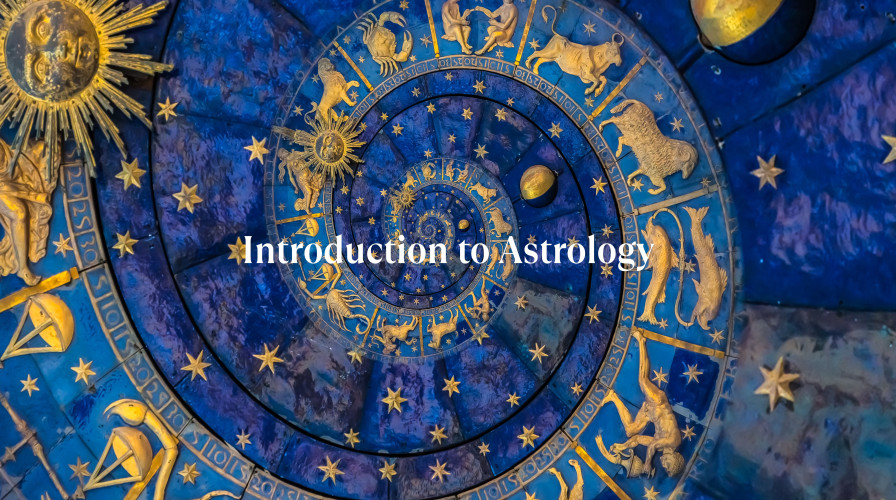The Stars Align: A Beginner's Guide to Understanding Astrology
Astrology, the ancient practice of interpreting celestial movements and their influence on human affairs, has fascinated humanity for millennia. From the early stargazers of Mesopotamia to today's horoscope enthusiasts, the allure of the stars continues to captivate. But what exactly is astrology, and how can understanding its basics enhance our lives?
The Foundation of Astrology
Astrology is based on the belief that the positions and movements of celestial bodies—such as planets, stars, and the moon—can influence human events and natural phenomena. This system, developed over thousands of years, is intricately linked to astronomy but diverges in its interpretive approach.
The Zodiac: Your Cosmic Blueprint
At the heart of astrology lies the zodiac, a belt of the sky divided into twelve equal parts, each named after the constellation that appears in that segment. These zodiac signs—Aries, Taurus, Gemini, Cancer, Leo, Virgo, Libra, Scorpio, Sagittarius, Capricorn, Aquarius, and Pisces—serve as a framework for understanding personality traits, tendencies, and potential life paths.
Birth Charts: Your Personal Horoscope
A birth chart, or natal chart, is a snapshot of the sky at the exact moment and location of a person's birth. It maps the positions of the sun, moon, and planets in the zodiac signs, offering a personalized cosmic blueprint. Astrologers analyze these charts to provide insights into an individual's character, challenges, and opportunities.
The Planets: Cosmic Influencers
In astrology, each planet symbolizes different aspects of life and personality. For instance:
The Sun represents the core self and ego.
The Moon governs emotions and subconscious.
Mercury influences communication and intellect.
Venus pertains to love and aesthetics.
Mars signifies drive and aggression.
Other planets, like Jupiter, Saturn, Uranus, Neptune, and Pluto, also play crucial roles, shaping broader themes and long-term trends in a person's life.
The Houses: Stages of Life
The birth chart is divided into twelve houses, each representing different life areas, such as career, relationships, and health. The placement of planets within these houses provides further depth to astrological interpretations, revealing where specific energies manifest most strongly.
Aspects: Planetary Relationships
Astrological aspects refer to the angles formed between planets on a birth chart. These angles indicate how planets interact with one another, revealing potential harmony or tension. Common aspects include conjunctions, oppositions, trines, squares, and sextiles, each offering unique insights into a person's astrological makeup.
Modern Astrology: A Tool for Self-Discovery
While some view astrology with skepticism, many find it a valuable tool for self-reflection and personal growth. By exploring the symbolic language of the stars, individuals can gain a deeper understanding of their strengths, weaknesses, and life purpose. Whether seeking guidance on relationships, career choices, or personal challenges, astrology provides a rich tapestry of insights to navigate life's journey.
Getting Started with Astrology
For those new to astrology, numerous resources are available, from online horoscopes and apps to books and professional astrologers. Creating your birth chart is a great first step, offering a personalized glimpse into your astrological profile. From there, delving into the meanings of zodiac signs, planets, houses, and aspects will deepen your understanding and appreciation of this ancient art.
Conclusion
Astrology, with its intricate blend of mythology, symbolism, and cosmic observation, offers a unique lens through which to view the world. By understanding its basics, we can uncover hidden truths about ourselves and the universe, finding connection and meaning in the stars above.
Whether you approach it as a serious study or a fun pastime, astrology invites us to explore the mysteries of the cosmos and our place within it. So, look up, and let the stars guide your journey.










